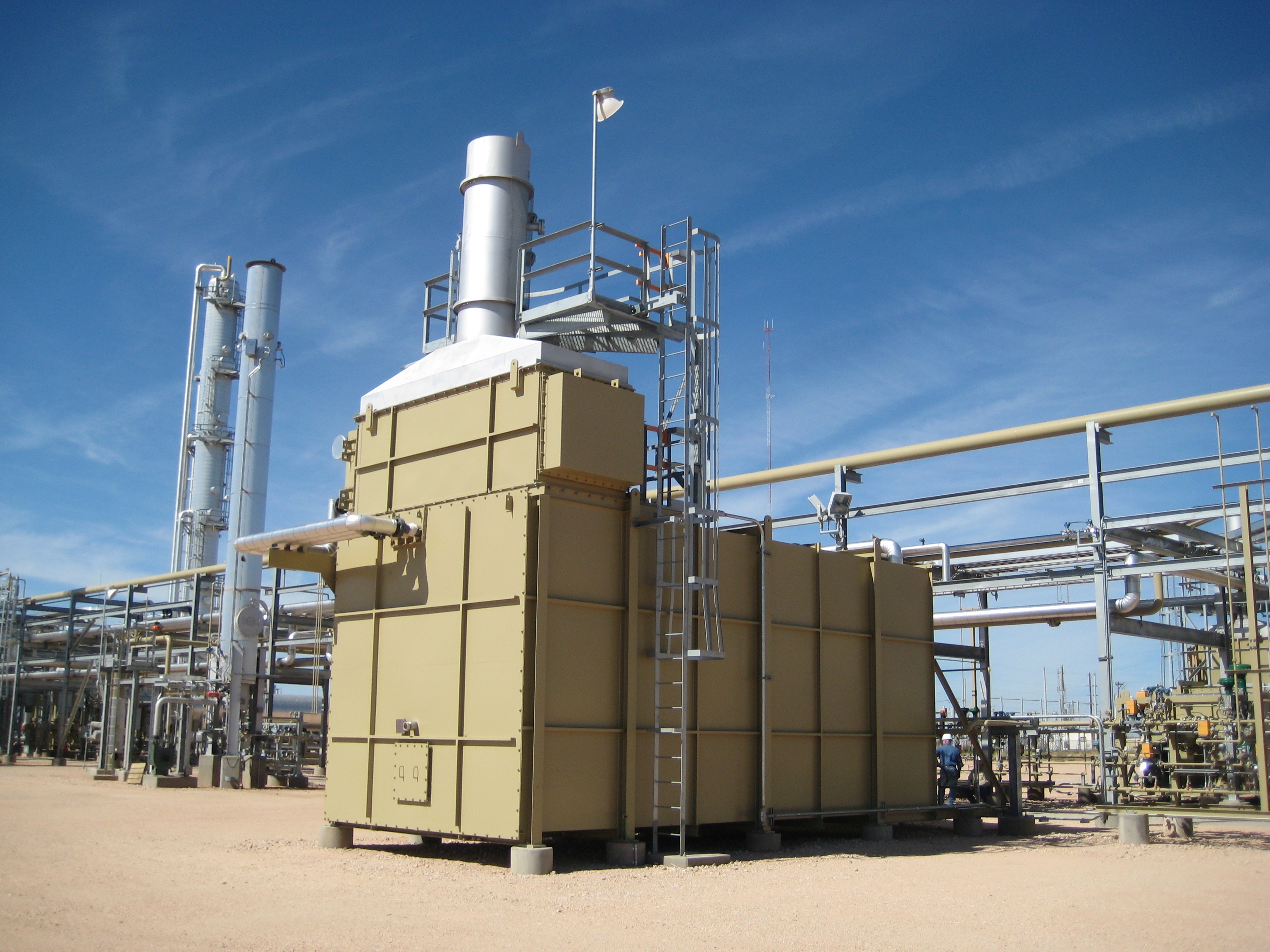Heat transfer fluids provide numerous benefits including low maintenance, environmental safety, minimal corrosion, precise control of temperature, and low pressure needs. So picking the correct heat transfer fluid is critical to your application. But what are the key points to understand when you go to select your fluid? Let’s take a look:
1. Temperature Requirements
Each heat transfer fluid is specifically designed to work in a temperature range, including minimum and maximum bulk temperature and maximum film temperature. If your application requires a fluid going to your exchanger at 700 °F, then you need to make sure that you select a heat transfer fluid that is capable of these temperatures without degrading (i.e. Dowtherm A, Therminol VP-1). The same is true on the low end, with some heat transfer fluids designed for a maximum temperature of 300-350 °F.
2. Pumpability
Related to the temperature requirements mentioned above, we have to consider the low end of the temperature range. Many customers have jobsites in locations where freezing or sub-zero temperatures are possible. In these cases, the pumpability (or viscosity) at these temperatures, becomes critically important. You don’t want to get ready to start your jobsite up and find out that your thermal fluid is a solid block and won’t go through the pump.
3. Thermal Efficiency
Thermal fluids with a relatively low viscosity typically display higher heat transfer coefficients at moderate temperatures (<350 °F bulk fluid temperature) and will offer the best protection against overheating secondary fluids that are sensitive to high temperatures, such as amine. Using a less viscous, more efficient fluid could also allow for a lower set point at the hot oil heater outlet to achieve the same desired bulk temperature in your secondary fluid in the exchanger.
4. Price
I didn’t put price #1 on the list only because the price of the fluid is largely dependent on the items listed above. The more specialized your application, the higher price it becomes. But we all know that price plays an important role in the decision process, and should be taken into consideration when designing the overall system. If you can design the overall system to accommodate lower temperature thermal fluids, it may be cheaper to fill the system.
5. Additional Factors
There are other factors that could also come into play depending on your jobsite requirements and/or location. Some plants have environmental restrictions and may need consider a non-toxic or biodegradable thermal fluid.
Next week the countdown finally ends! We are giving away a free tool to help you in determining physical properties of different heat transfer fluids. Come back next week to check it out.
Sign up on the right side to make sure you never miss a post!
Need a hot oil heater for your project? Check out heater and auxiliary equipment options!
Sources: Hydrocarbon Engineering; Dow

